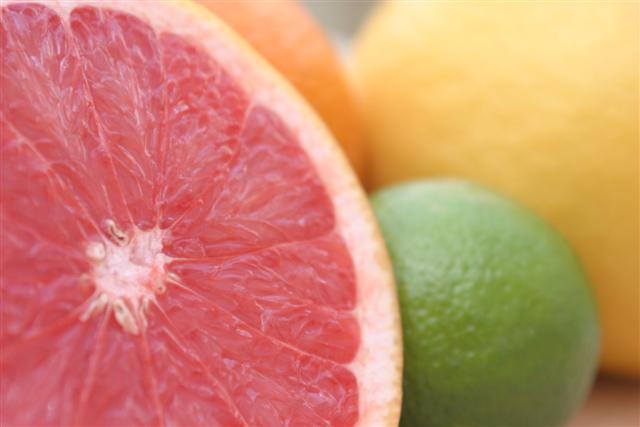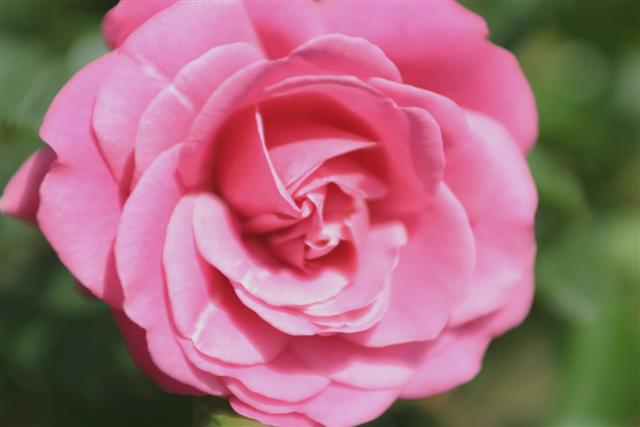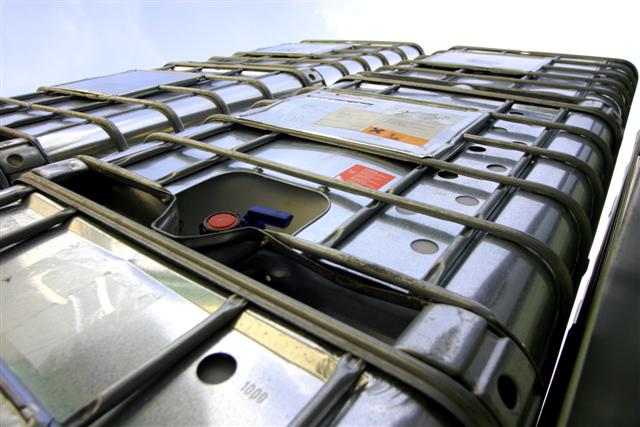- Home
- About Us

Citrus forms an important part of our product range
Read moreAbout Us
- How We Work

We have own roses under cultivation in Bulgaria
Read moreHow We Work
- News
- Products
- Services

We ship to more than 50 countries worldwide
Read moreServices
- Contact Us
- Home
- Products
Products
We are committed to providing only the highest quality of flavour and fragrance ingredients on demand to our customers worldwide. Our diverse product list offers a selection of over 250 natural and synthetic aroma chemicals, coolants, essential oils and extracts. Even if you cannot find a specific product you are looking for, do contact us as we may still be able to help.
Filter products by:
Clear allKeyword or product code
Aniseed oil China star Illicium verum Hook, F.
An evergreen tree native to Vietnam and south east China, the Illicium verum has a slender white trunk and can grow up to 12 metres tall. The oil is produced by steam distillation of the fresh or partially dried fruits. In China, aniseed is used for its therapeutic actions and during harsh winters the availability of the seeds usable for oil distillation is greatly reduced.
EU Natural | DMA Code: 800302 | CAS Number: 84650-59-9 | FEMA Number: 2096
Basil Oil (Linalool type) Ocimum basilicum L.
Also known as 'true' sweet basil, this herb has dark green ovate leaves. It is widely cultivated throughout Europe, round the Mediterranean basin, and in north and south America. The oil is produced by steam distillation of the flowering herb.
EU Natural | DMA Code: 800914 | CAS Number: 84775-71-3 | FEMA Number: 2119
Basil Oil (Methyl Chavicol type) Ocimum basilicum L.
Originally from Madagascar, the Comores and East Africa, this plant is cultivated in north Africa. The oil is extracted by steam distillation of the flowers and leaves.
EU Natural | DMA Code: 800921 | CAS Number: 84775-71-3 | FEMA Number: 2119
Bay Oil West Indian Dark Pimenta racemosa Mill.
The main origin for the oil is Dominica in the Caribbean. The oil is steam distilled from the leaves.
EU Natural | DMA Code: 800915 | CAS Number: 85085-61-6 | FEMA Number: 2122
Bay Oil West Indian Light Pimenta racemosa Mill.
The main origin for the oil is Dominica in the Caribbean. The oil is steam distilled from the leaves, bleached and filtered to lighten the colour.
EU Natural | DMA Code: 800305 | CAS Number: 91721-75-4 | FEMA Number: 2122
Bergamot Oil Citrus aurantium L. subsp. Bergamia
Like many citrus oils, bergamot oil is produced by cold expression from the peel of the fruit. Its name comes from the Italian town of Bergamo where it was first sold.
EU Natural | DMA Code: 800306 | CAS Number: 89957-91-5 | FEMA Number: 2153
Black Pepper Oil Piper nigrum L.
Growing on vines, pepper berries turn from green to red and black as they mature. The oil from India is extracted by steam distillation of the dried and crushed peppercorns but is also a by-product of the oleoresin manufacture. The market price is influenced by the crop sizes in Vietnam, Brazil, and Indonesia.
EU Natural | DMA Code: 800727 | CAS Number: 84629-41-9 | FEMA Number: 2845
Buchu Oil Barosma betulina
Buchu betulina grows in the mountainous regions of South Africa. The leaves of this small shrub are dried and steam distilled to obtain a dark yellow, minty and camphoraceous oil. Dried leaves are also exported widely for the herb markets.
EU Natural | DMA Code: 800308 | CAS Number: 84649-93-4 | FEMA Number: 2169
Cajeput Oil Melaleuca cajeputi
From Vietnam, Indonesia or Australia, the leaves and twigs of this evergreen tree are distilled to give a green, yellow oil with a eucalyptus-camphoraceous odour that is said to have many medicinal properties. The level of cineol content, which determines its price, varies from 25 to over 70 percent.
EU Natural | DMA Code: 800916 | CAS Number: 85480-37-1 | FEMA Number: 2225
Cardamom Seed Oil Elletaria cardomomum (L.) Maton
The two main origins for the oil production are India and Guatemala. The oil distillation is secondary to the spice market as the seeds are widely used in Indian and Asian cuisine.
EU Natural | DMA Code: 800594 | CAS Number: 85940-32-5 | FEMA Number: 2241
Cassia Oil Redistilled Cinnamomum cassia Blume
The cinnamon oil from China is known as "cassia oil" which is a slightly different variety from the Indian or Sri-lankan types, which are traded as "cinnamon oils". The leaves and branches are distilled across all origins but whilst the bark is used in Sri Lanka, it is rarely used in China.
EU Natural | DMA Code: 800309 | CAS Number: 84961-46-6 | FEMA Number: 2258
Cedarwood Oil Chinese Cupressus funebris Endlicher
Produced by the steam distillation of the wood of cupressus funebris (the Weeping Cypress), this oil has a more powerful odour than the main two American types and is often used to boost them.
EU Natural | DMA Code: 800917 | CAS Number: 85085-29-6 | FEMA Number:
Cedarwood Oil Texas Juniperus mexicana Schiede
Originating from Central America, Mexico and the southwestern United States, the wood from juniperus ashei can easily split; therfore, it is not used for furniture manufacture. The oil extracted from the wood is a viscous, orange-brown liquid with a tar-like, woody odour.
EU Natural | DMA Code: 800918 | CAS Number: 91722-61-1 | FEMA Number: n/a
Cedarwood Oil Virginiana Juniperus virginiana L.
Also known as Red Cedar, this tall conifer can grow over 30 metres and is mainly found in the eastern regions of the Rocky Mountains. The oil, distilled from waste of the furniture industry, is known to be an excellent vermin and insect repellent .
EU Natural | DMA Code: 800310 | CAS Number: 85085-41-2 | FEMA Number:
Chamomile Oil Blue (German) Matricaria chamomilla L.
Cultivated in many parts of Europe and around the Mediterranean basin, the flower heads of the chamomile are steam distilled to obtain a deep blue, viscous oil. Chamazulene, which is one of the main conponents of the oil, is not present in the flower and is only a product of the distillation.
EU Natural | DMA Code: 800311 | CAS Number: 84082-60-0 | FEMA Number: 2273
Chamomile Oil Roman Anthemis nobilis L.
The oil is obtained by steam distillation of the dried flower heads of the herb arthemis nobilis. The name is derived from the Greek "arthemis" meaning ground apple and the Latin "nobilis" meaning noble flowers. The oil has been used in shampoos throughout the ages, particularly to highlight and condition fair hair.
EU Natural | DMA Code: 800312 | CAS Number: 84649-86-5 | FEMA Number: 2275
Chocolate Flavour standard
A natural chocolate extract with added synthetic ingredients and solvent.
Synthetic | DMA Code: 800313 | CAS Number: n/a | FEMA Number: n/a
Cinnamon Bark Oil 60% Cinnamomum spp.
The cinnamon bark oil that is traded nearly all originates from Sri Lanka. The bark peeling season is dependent on the right level of rains and moisture in the wood bark. The level of cinnamon aldehyde, which is the dominant price factor for the oil, varies according to size, maturity, and dryness of the bark distilled.
EU Natural | DMA Code: 800867 | CAS Number: 84649-98-9 | FEMA Number: 2291
Cinnamon Leaf Oil Cinnamomum spp.
Essentially sourced from Sri Lanka and India, the oil comes from a different botanical cinnamon variety than the Chinese cassia. The oil is used for its fragrance as well as its therapeutic properties.
EU Natural | DMA Code: 800676 | CAS Number: 84649-98-9 | FEMA Number: 2292
Citronella Oil Java Type Cymbopogon winterianus Jowitt
The bulk of the traded citronella (leaf/ grass) oil, cymbopogon winterianus, also known as javatype, is distilled in Indonesia, China and Vietnam. The Sri Lankan oil differs in its composition and is traded in much smaller volumes. The grass needs to be dried before distillation otherwise the composition and yield is affected, hence production is low during the wet season.
EU Natural | DMA Code: 800844 | CAS Number: 91771-61-8 | FEMA Number: 2308
Email Sign up
You have been successfully signed up to the De Monchy newsletter
What you'll receive in every monthly De Monchy Newsletter
- A round up of the latest news from the flavour & fragrance industry.
- Insight into the effects of currency fluctuations, political unrest and severe weather on a range of flavour and fragrance raw materials.
- Our opinion on likely market movements including buy recommendations and suggestions of what to watch.

